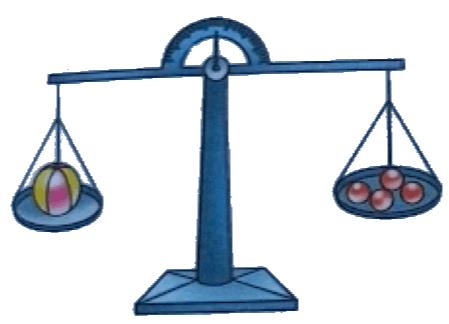|
Card: 2 / 48 |
Measurement helps us quantify and describe the size, weight, volume, and time of various objects and events, allowing us to understand and compare things in our world. |
|
Card: 5 / 48 |
True or False: Non-standard units of measurement can lead to confusion when different people use their own body parts for measuring. |
|
Card: 7 / 48 |
Riddle: I am used to find out how heavy something is, and I often sit on the ground. What am I? |
|
Card: 10 / 48 |
Standard units are universally accepted measurements that ensure consistency and accuracy in measuring length, weight, and volume, preventing confusion. |
|
Card: 13 / 48 |
Multiple Choice: Which of the following is a standard unit of measurement for length? A) Handspan B) Meter C) Mug D) Footspan |
|
Card: 16 / 48 |
Examples include the length of cloth for clothing, height and weight for growth tracking, weight of fruits and vegetables, amount of petrol in a car, and time taken to reach school. |
|
Card: 17 / 48 |
What is the standard unit of measurement for small lengths, and how is it written? |
|
Card: 18 / 48 |
The standard unit for measuring small lengths is the centimetre, written as cm.  |
|
Card: 24 / 48 |
The standard unit for measuring capacity is the litre (L), while smaller amounts are measured in millilitres (mL). |
|
Card: 28 / 48 |
Measuring cylinders, measuring beakers, and measuring spoons are commonly used. |
|
Card: 36 / 48 |
Time is measured in hours and minutes, where one hour has 60 minutes and one minute has 60 seconds.  |





























